JOINT BASE LEWIS-MCCHORD, Wash. - Ever since they married, Lisa Hallett ran as a means of friendly competition against her husband, Capt. John Hallett III.
Her view of running changed suddenly last summer.
John was one of four Soldiers killed Aug. 25, when an improvised explosive device detonated under his Stryker vehicle in Afghanistan. He was a company commander with 5th Brigade, 2nd Infantry Division, now 2nd Brigade, 2nd Infantry Division.
Running has taken on new meaning as a way to cope with her husband's death. Exercise has become a "lifeline" and a way to work through the pain of losing her best friend and father of three children.
Lisa put her running shoes back on just two days after John's death. She and two other wives from John's unit met at Burger King parking lot then ran around Gray Army Airfield. It became a weekly routine. Wearing their husbands' blue PT shirts, they gathered, said a prayer, read the names of the fallen and ran.
As more wives began feeling the weight of their husbands being in a combat zone, they joined Lisa. What started as three wives running had evolved into a support network.
"For a lot of us, running really became a stabilizer - a way for us to work through the intensity and stress of a deployment," Lisa said.
Now about two dozen of them meet at Pioneer Middle School in DuPont on Saturday mornings.
Wearing blue shirts with "Run To Remember" on the front and names of the brigade's fallen Soldiers on the back, the ladies stretch, socialize, then join hands. One of the wives says a prayer, then closes by reading names of the brigade's 41 fallen service members. It's a reminder to everyone that war comes with a price, and for the wives who lost husbands, it's reassurance that they will not be forgotten.
"War reduces the fallen to a statistic, and our fallen are so much more than statistics," Lisa said. "They really are our nation's best and brightest and most courageous, and they leave behind families that love them and just really a lifetime of hopes and dreams."
Lisa's daughter, Heidi, was born just three weeks before John was killed. He saw photographs, but never got to meet his daughter. Her other two children, Jackson and Bryce, are 4 and 2.
In some ways, Lisa feels as though her life is stuck on hold. While most of her friends' husbands have come home, she has come to the harsh reality that hers never will.
"It's almost as if everybody else is evolving and moving forward," Lisa said, "while I'm waiting, still looking to see if maybe my husband's going to come home."
Running every week with other wives has been therapeutic, she said. It's a tangible way of coping and allows her to see forward progress.
"While my life feels like it's moving on a treadmill, when I run, I can say I started at 'A' and finished at 'B.'"
It's also a way for others to reflect while bringing awareness to the community.
"I want people to question why we're running through town wearing blue shirts every weekend," said Carrie Livengood, "so that we can explain about our fallen heroes and let them know that we're not forgetting them."
For Dawn Woolley, whose husband was seriously wounded, being a part of the running group has helped put things in perspective for her.
"Although my husband's wounded, he came home and I'm grateful for that," Woolley said. "It's very stressful at times, but it could always be worse."
Lisa wakes up early every Saturday morning to mark running paths and set up hydration points. She always maps a short path (usually three miles) and longer paths (six miles or more). There's a wide range of running abilities among those who gather. Some are training for marathons, and others show up to walk or simply show support. Regardless of personal goals, every one of them will tell you she "runs to remember."
"It's a time to pause, reflect and remember each Soldier we've had," said Charlene Lewis. "It's a time for the wives to come out and not so much let the circumstances embrace them, but instead embrace the circumstances."
"These men often become defined by their deaths, when in fact we should be celebrating and honoring the incredible heroism and righteousness that wove the margins of their lives' tapestries," Lisa said.
Although the majority of runners are wives from John's brigade, Lisa said everyone is welcome to participate in the weekly "Run To Remember."
"It's a great coping mechanism for a stressful situation, whether it be a deployment or reintegration," Lisa said.
Lisa currently lives in DuPont and doesn't have any immediate plans to move. The support she's received from the Army and surrounding communities has been instrumental in her decision to stay, as was the bond she's formed with so many in the running group.
"It's the only adult life I've known," Lisa said. "Our culture is so unique and we give so much that civilian life pales compared to the sacrifices and challenges that military families often must overcome.
She hopes other military families will connect with "Run to Remember," and join her in remembering the fallen and those still serving.
"I hope that with 'Run to Remember' we humanize our loss," Lisa said. There's no ultimatums I can make to bring John back, but if I can continue to honor our Soldiers and their families ... to help other women waiting through a deployment ... I will do that."
Laura M. Levering is a reporter with Joint Base Lewis-McChord's weekly newspaper, the Northwest Guardian.
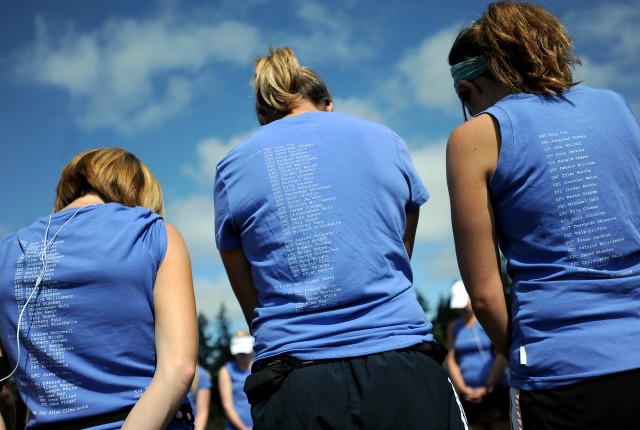
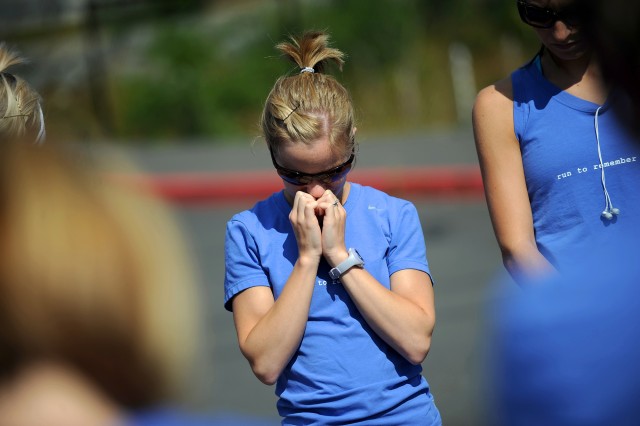
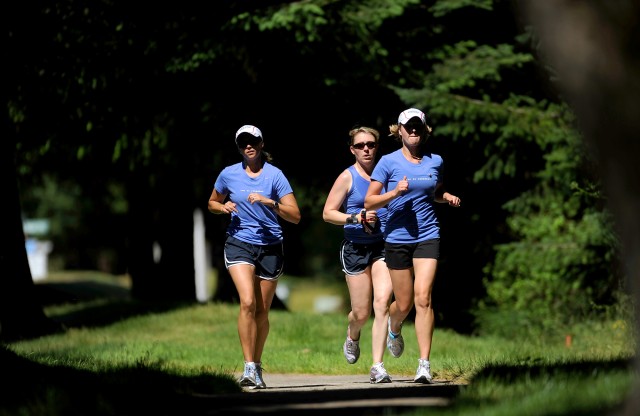

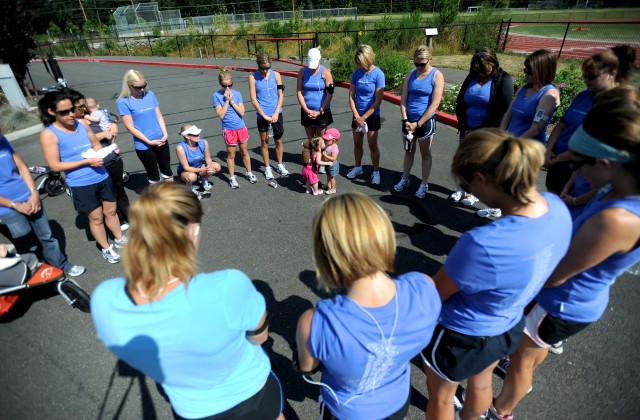



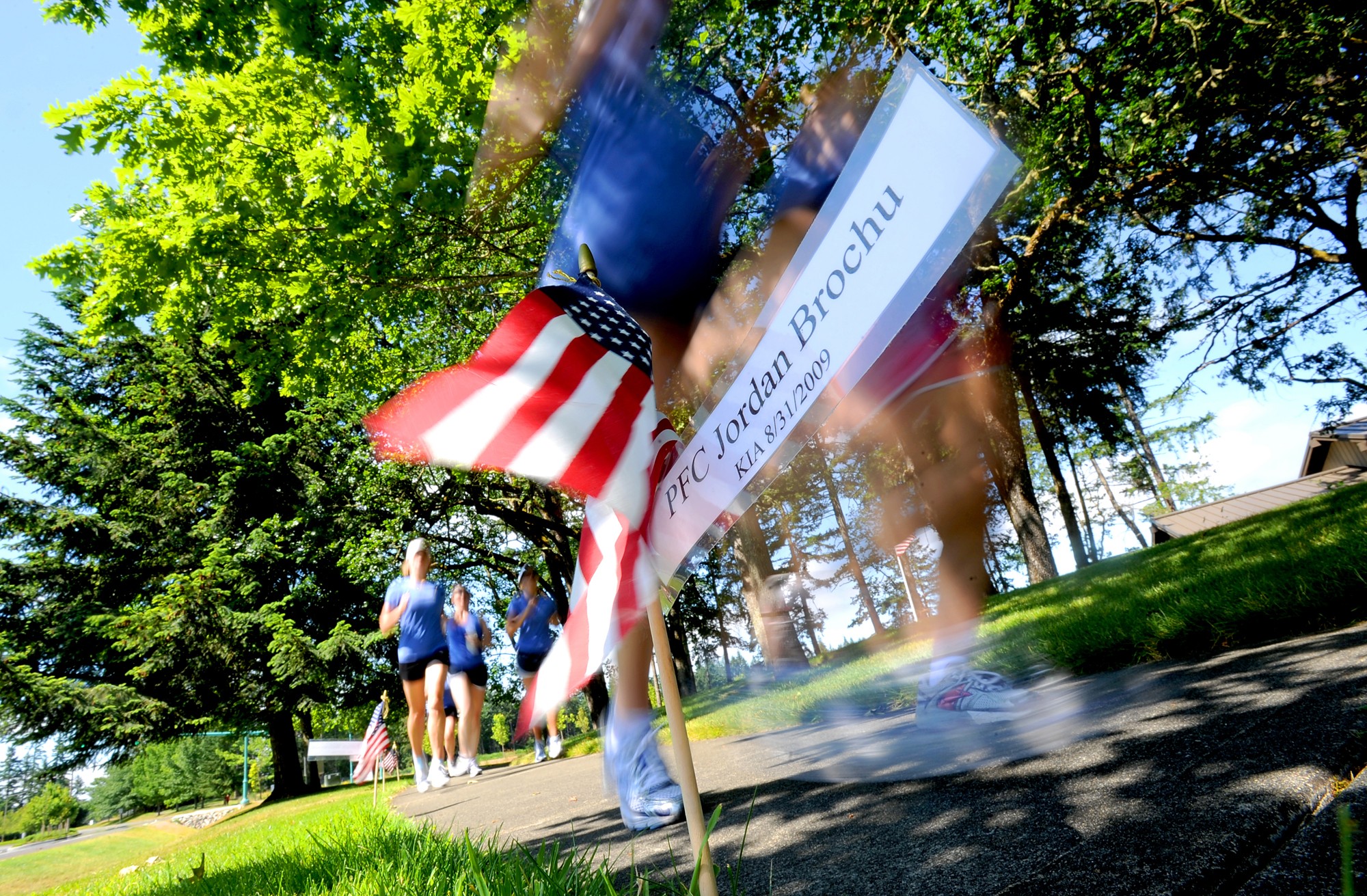

Social Sharing